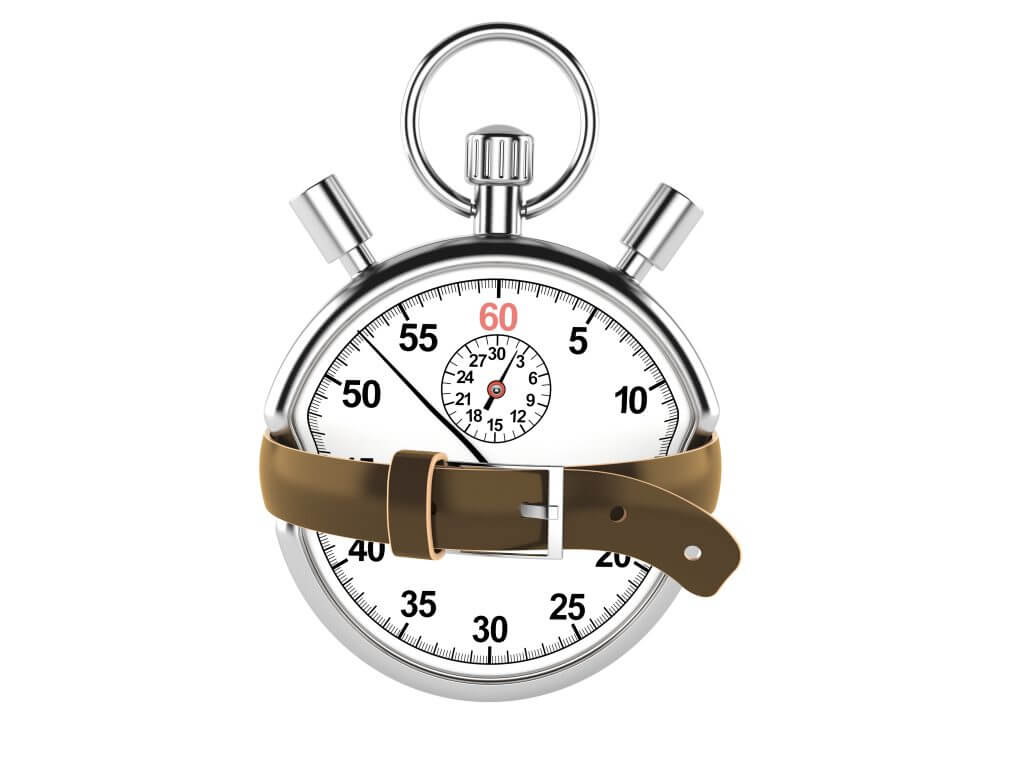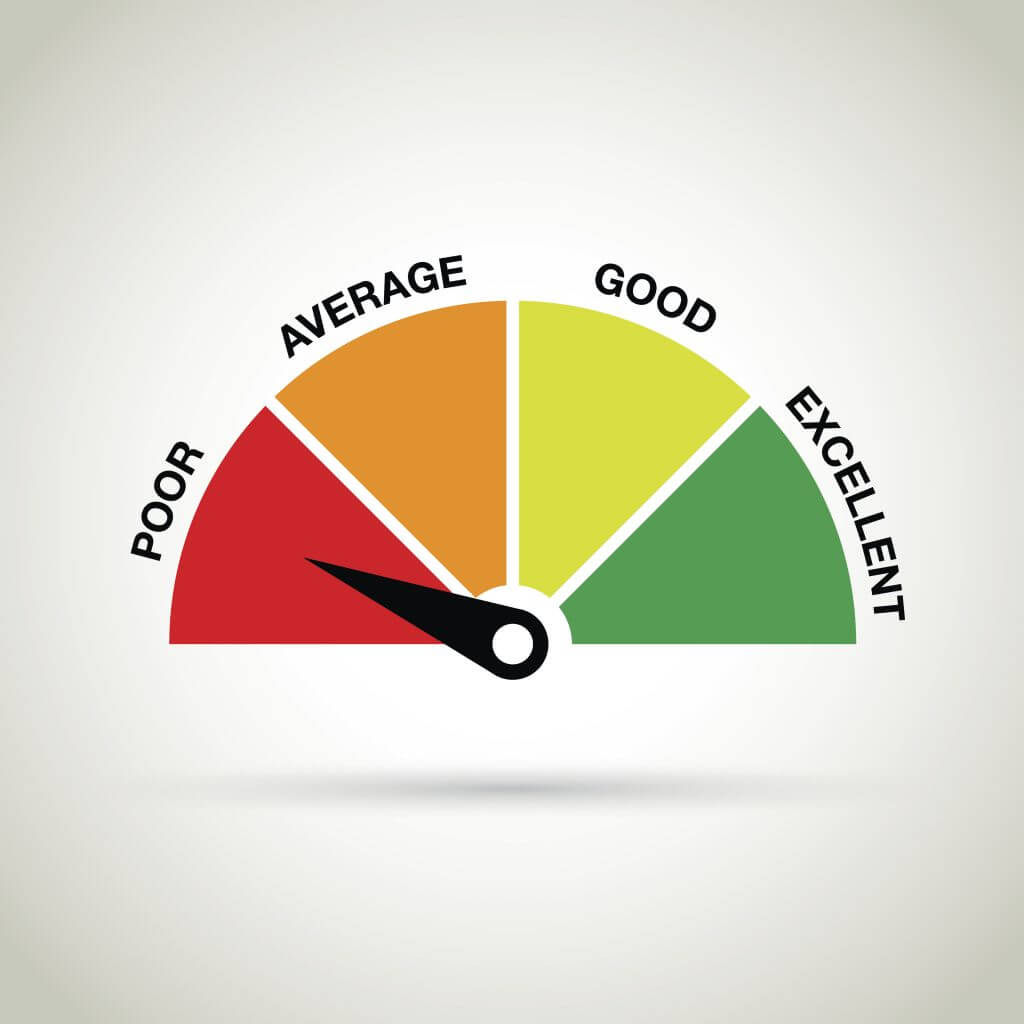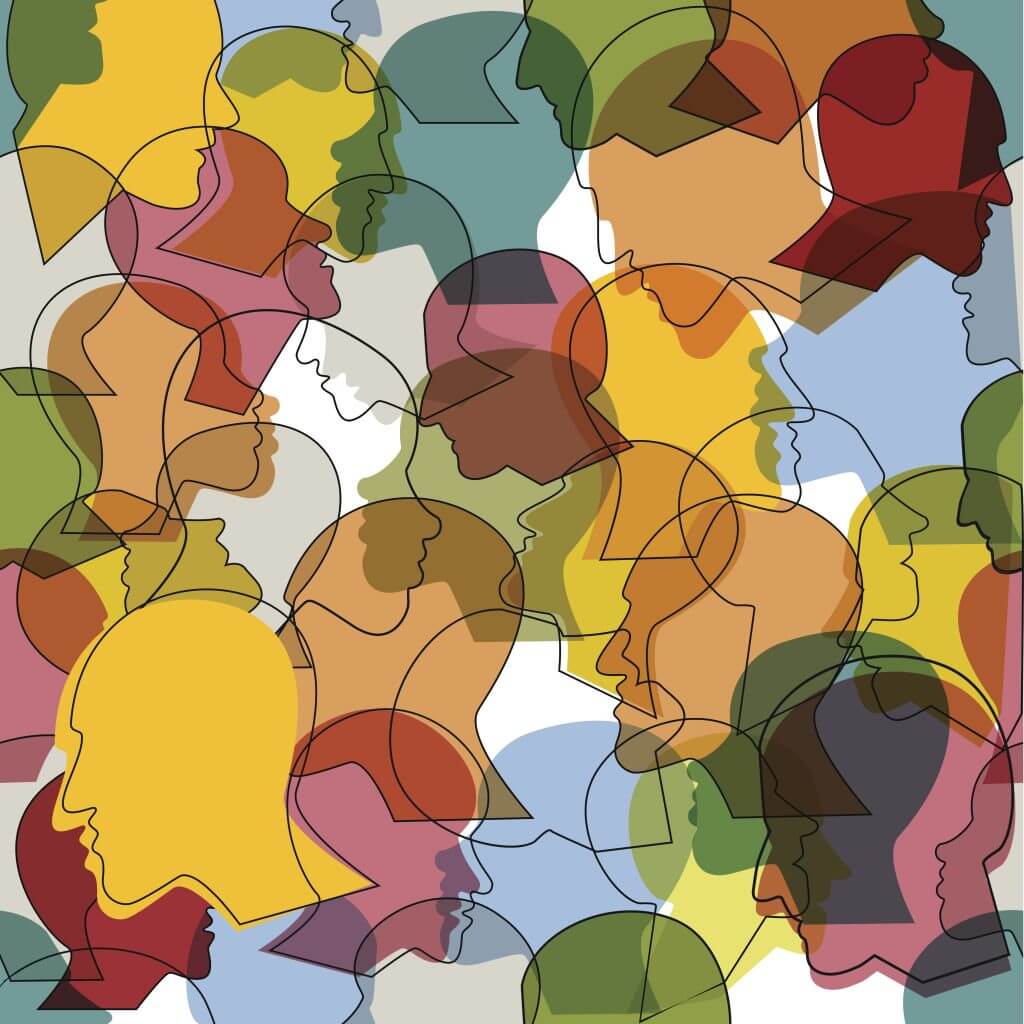GENERAL | June 18, 2018
How Patient Decision Aids Help Overcome Common Barriers to Shared Decision Making
Reading Time: 4 minutes

Shared decision making (SDM) in healthcare requires active participation by both patients and providers as they share information and jointly make decisions based on the individual needs of patients. This sounds simpler then it often is in practice. It is not uncommon for the adoption of shared decision making in clinical settings to be slow due to barriers that weaken the process. It is important to understand what these barriers to shared decision making are so appropriate changes can be made to facilitate meaningful shared decision making.
Patient decision aids can be highly-effective tools to promote and support the shared decision making process. Used as part of an overall strategy, these tools may help overcome common barriers to shared decision making.
Insufficient time

Lack of time during clinical encounters is a major barrier to SDM. No doubt about it, physicians have a lot on their plates – time pressure is one of the primary causes of the high rate of physician burnout today. To achieve optimal healthcare decisions that align with patients’ preferences, the SDM communication process cannot be done on the fly.
High-quality decision aids can help relieve healthcare provider time pressure by providing patients with evidence-based, unbiased information on treatment options, risks, and benefits. They can ignite a meaningful conversation by enabling patients to engage in the process with informed questions and concerns. When decision aids are integrated into the workflow and used as part of a clinical team effort, they can further improve, simplify and expedite the process.
Lack of patient education and clinician training

When patients don’t know what SDM is and why it’s important or how to identify their values, goals, and preferences, they cannot engage in the process. When providers do not have the necessary communication skills or mistakenly believe they are engaging patients in SDM, a meaningful conversation cannot happen.
Quality patient decision aids can play a vital role in overcoming these stumbling blocks. Decision aid content that includes education on SDM — what patients can expect, how to actively participate, and why it’s important to ask questions and identify their preferences – gives patients the information they need to meaningfully engage. Orienting healthcare teams to the content and appropriate uses of available patient decision aids will enable them to implement SDM more effectively.
Low health literacy and differences in language, culture or religion

Difficulty understanding complex health information creates a challenge for engaging in SDM. Culture and religion can influence what care is chosen and how individuals choose to receive it. Being a non-native speaker of English often creates an obstacle to effective communication. All of these are common issues for providing healthcare in the U.S.
Choosing patient decision aids that are developed using best practices for health literacy, available in multiple languages, and are values-neutral help overcome these hurdles to SDM.
Fear

Fear often exists on both sides of the fence when it comes to the two-way communication process of SDM. Patients may fear being labeled as “difficult” and possibly denied care if they question or disagree with their doctor. Physicians may fear being liable for malpractice if a shared medical decision, even though evidence-based, leads to an adverse outcome which conflicts with local clinical practice.
For patients, patient decision aids can alleviate the patient fears of asking questions or disagreeing if these tools effectively communicate that input is valued, educate them on the SDM process and offer a deeper understanding of the risks and benefits of their treatment options. By offering such tools, healthcare providers are indicating their acceptance of the process. For physicians, use of certified patient decision aids can improve the informed consent communication process and result in well informed medical decisions, which may reduce malpractice liability.
The value of high-quality decision aids
Achieving meaningful SDM in healthcare requires interventions targeted at both clinicians and patients. While no patient decision aid is sufficient to guarantee SDM occurs, high-quality decision aids can help overcome common barriers and enhance the process.
How can high-quality decision aids be identified? Here are 3 potential ways:
- They meet the National Quality Forum’s recommendations in the National Standards for the Certification of Patient Decision Aids. Our decision aids are listed as a fundamental resource for patient education and engagement in the National Quality Partners Playbook™: Shared Decision Making in Healthcare.
- They meet the standards of the International Patient Decision Aids Standards (IDPAS) Collaboration.
- They are certified. Currently there is no national certification process; however, Washington State Health Care Authority is in the process of certifying high-quality patient decision aids in specific categories. The hope is that Washington State’s process will provide a model other states can adopt.
If you would like to learn more about how ACP Decisions high-quality decision aids can help your organization overcome barriers to shared decision-making, please visit www.acpdecisions.org.
You might also like...

Addressing the Needs of Dual Eligible Bene...
GENERAL | 3 MIN READ

How to Promote Health Equity with Patient ...
GENERAL | 3 MIN READ

Understanding the Obstacles to Telehealth
COVID-19, GENERAL, TECHNOLOGY | 3 MIN READ
